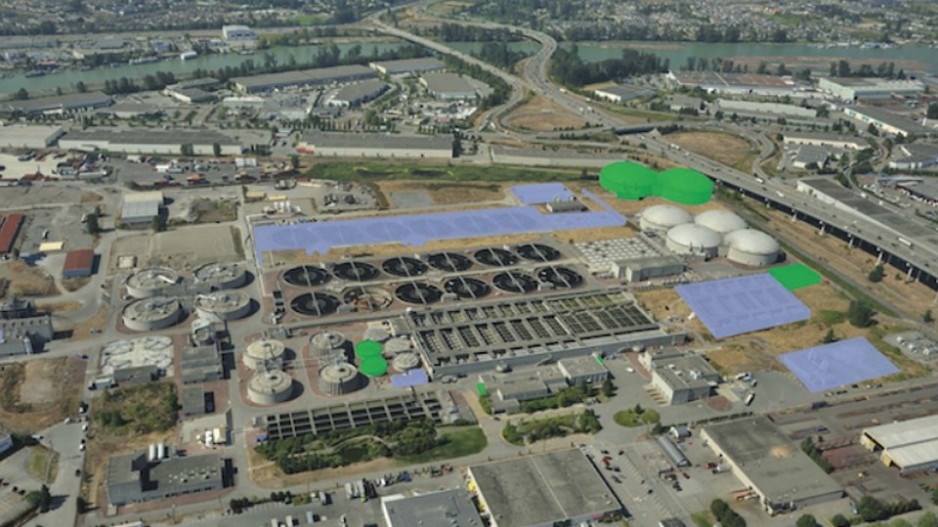Levels of morphine and methadone in Metro Vancouver’s wastewater were Canada’s highest in 2019 and 2020, a reflection of high crime rates and heroin use, says a recent Statistics Canada report.
However, codeine levels in B.C. wastewater dropped in 2020 — possibly due the cancellation of surgeries during the pandemic and changes to drug regulations in British Columbia.
The study said morphine is produced as a metabolite when the human body consumes heroin and shows up in wastewater.
And, for 2020, indicate police-reported crime for selected drug offence statistics, B.C. had the highest rate of heroin offences at 1,240. The next highest province was Ontario at 883.
Fentanyl loads were also found to be the highest in Metro Vancouver.
The report said it is possible the two are related as methadone is used as a treatment for opioid addiction, including fentanyl dependence.
Ministry of Health spokesperson Thomas Hunt, however, said the data it has cannot be used to validate Statistics Canada’s data.
“The Ministry of Health has data on community pharmacy dispenses of prescription drugs, including those containing codeine, methadone and morphine. However, the data does not account for different drug strengths or quantities dispensed,” Hunt said.
The agency’s Canadian Wastewater Survey has been routinely testing water in Metro Vancouver, Halifax, Montreal, Toronto and Edmonton since March 2019.
Codeine levels
With pandemic public health restrictions, including physical distancing and mask wearing, lower use of cold medications containing codeine may also have contributed to the drop as people didn't catch colds or the flu from each other, the report says.
In B.C., the College of Pharmacists of British Columbia Board redesignated some prescription containing codeine in January 2020 to require a duplicate prescription form, which is designed to prevent forgeries.
What the study found was that levels of codeine in wastewater were generally lower in March to August 2020 compared with the previous year.
Further, surgery cancellations during the pandemic could have been less as those cancellations may have reduced prescriptions of post-operative medication, including opioid pain medication.
The Canadian Institute for Health Information estimated that from March to June 2021, there were 560,000 fewer surgeries nationally compared to the pre-pandemic January-December 2019.
The Public Health Agency of Canada's September 2021 FluWatch report noted lab-confirmed influenza were in freefall from 55,378 cases in the 2019-20 flu season to 69 in 2020-21.
“This could also have resulted in a decline in the use of codeine-containing cold and flu medications, also influencing codeine levels detected in wastewater,” the report said.
Researchers can track such drug data because metabolites produced by the body when a drug is broken down enter the waste system. And, that is generally expected to reflect the overall quantity of the drug consumed by a geographical area’s population.




